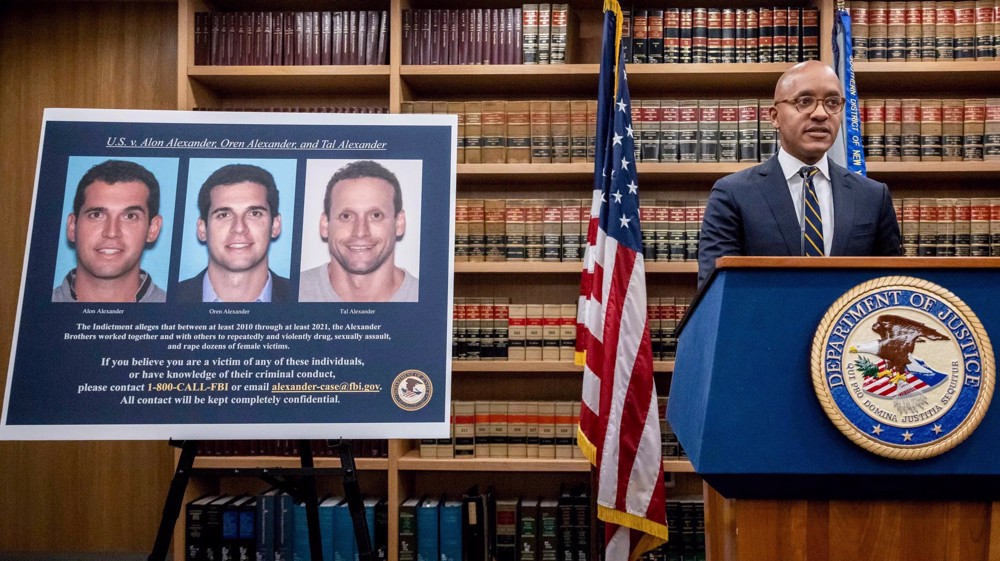US life expectancy falls for second straight year amid opioid crisis: CDC
US deaths from drug overdoses skyrocketed 21 percent last year, and for the second straight year dragged down how long Americans are expected to live.
The US government figures released Thursday put drug deaths at 63,600, up from about 52,000 in 2015. For the first time, the powerful painkiller fentanyl and its close opioid cousins played a bigger role in the deaths than any other legal or illegal drug, surpassing prescription pain pills and heroin.
“This is urgent and deadly,” said Dr. Brenda Fitzgerald, director of the Centers for Disease Control and Prevention. The opioid epidemic “clearly has a huge impact on our entire society.”
Two-thirds of last year's drug deaths – about 42,000 – involved opioids, a category that includes heroin, methadone, prescription pain pills like OxyContin, and fentanyl. Fatal overdoses that involved fentanyl and fentanyl-like drugs doubled in one year, to more than 19,000, mostly from illegally made pills or powder, which is often mixed with heroin or other drugs.
Heroin was tied to 15,500 deaths and prescription painkillers to 14,500 deaths. The balance of the overdose deaths involved sedatives, cocaine and methamphetamines. More than one drug is often involved in an overdose death.
The highest drug death rates were in ages 25 to 54.
Preliminary 2017 figures show the rise in overdose deaths continuing.
The drug deaths weigh into the CDC's annual calculation of the average time a person is expected to live. The life expectancy figure is based on the year of their birth, current death trends and other factors. For decades, it was on the upswing, rising a few months nearly every year. But last year marked the first time in more than a half century that US life expectancy fell two consecutive years.
A baby born last year in the US is expected to live about 78 years and 7 months, on average, the CDC said. An American born in 2015 was expected to live about month longer and one born in 2014 about two months longer than that.
The dip in 2015 was blamed on drug deaths and an unusual upturn in the death rate for the nation's leading killer, heart disease. Typically, life expectancy goes back up after a one-year decline, said Robert Anderson, who oversees the CDC's death statistics. The last time there was a two-year drop was 1962-1963.
"If we don't get a handle on this," he said, "we could very well see a third year in a row. With no end in sight."
A three-year decline happened in 1916, 1917 and 1918, which included the worst flu pandemic in modern history.
Overall, there were more than 2.7 million US deaths in 2016, or about 32,000 more than the previous year. It was the most deaths in a single year since the government has been counting. That partly reflects the nation's growing and aging population. But death rates last year continued to go down for people who are 65 and older while going up for all younger adults - those most affected by the opioid epidemic.
(Source: AP)
VIDEO | Australians rally for Gaza ahead of Christmas festivities
VIDEO | Attacks on Sana'a
Iran reports further drop in annual inflation rate in December
Israel indicts two settlers over suspected spying for Hezbollah
Iran: US airstrikes on Yemen war crimes, violation of international law
Yemeni armed forces down F-18 fighter jet, repel US-UK attack: Spokesman
Iran warns against US-Israeli plot to weaken Muslims, dominate region
VIDEO | Public uproar in US against Israeli regime


















 This makes it easy to access the Press TV website
This makes it easy to access the Press TV website